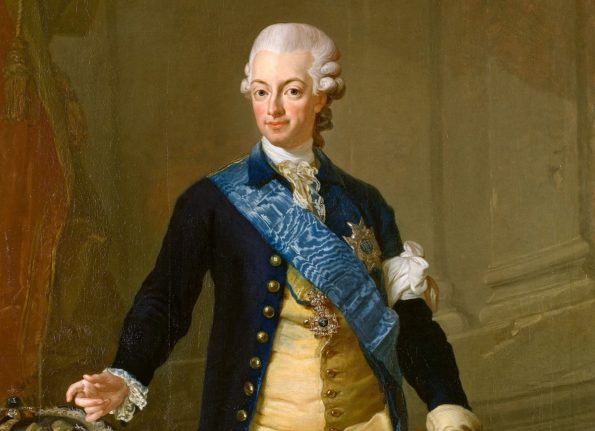Julmys, made up of the word jul (Christmas) and that famous Swedish word mys, roughly translating as “cosiness”, is not an event as such, more just getting your friends or family together to do some Christmassy activities and get into the Christmas spirit.
Usually you’ll have some sort of festive food and activity, like baking, making paper decorations for your Christmas tree, or decorating your Advent candlestick.
If you’re meeting up on one of the four Sundays in Advent, the four Sundays leading up to Christmas, you can call it adventsmys, but you can still do these activities on a normal day and just call it julmys instead.
What should I bake?
Obviously you can bake whatever you want, and this is a great opportunity to show off whatever kind of festive baking you do back home for big holidays, but if you want to do as the Swedes do, there are a few essential cakes and biscuits you should try around Christmas time.
The most easily recognisable biscuits are probably pepparkakor, the Swedish version of gingerbread, a spiced brown dough which is rolled out and cut into shapes before baking.
Pepparkaka literally translates as “pepper cake” – biscuits are known as småkakor or “small cakes” in Swedish – but in most cases pepper doesn’t refer to actual black pepper but rather to some kind of spiced dough, commonly flavoured with some combination of ingefära (ginger), kanel (cinnamon), kardemumma (cardamom) and nejlika (cloves).
READ ALSO:
You can buy pepparkaksdeg (gingerbread dough) in most supermarkets which you shape and bake yourself, but it’s relatively easy to make from scratch too. Some Swedes may balk at the idea of köpedeg (store-bought dough) – this is because there’s a little gnome who prefers everything homemade and traditional who lives inside them this time of the year, but it’s not socially unacceptable to buy ready-made.
You can also use the pepparkakor to make a gingerbread house (pepparkakshus).
Especially around Lucia on December 13th, Swedes also like to make lussekatter, saffron buns shaped like an S which is said to resemble a sleeping cat, hence the name “Lucia cats”. Warm, soft and sweet, they are at their best hot out of the oven. Enjoy them with a cup of glögg.
Many people also make knäck this time of the year, a kind of hard Swedish toffee. It’s tricky to get the consistency right – they should be hard when you first put them in your mouth, but quickly melt into a gooey softness as you begin to chew – so try to find an experienced Swede to teach you.
What about decorations?
OK, so you’ve got your Christmas snacks sorted – now onto the decorations!
One of the most common types of paper decorations you’re likely to see people making around Christmas is the julgranshjärta (Christmas tree hearts). You’ll need scissors, relatively thick paper in two different colours and a lot of patience. Here’s a useful guide to how to make them.
Another popular decoration is the smällkaramell – Christmas crackers. The Swedish version usually doesn’t go “crack!” like its English-language equivalent, but on the other hand they are very easy to make yourself.
You just get an empty toilet roll, roll it up in some pretty, thin paper and cut the edges of the paper into strips.
If you want, you can put a piece of candy inside before taping it shut, which you open at the julgransplundring when Christmas is over. But more often than not, Swedes will save their smällkarameller for future Christmasses.
Hopefully that’s given you some ideas for how to get into the Christmas spirit, Swedish style. Now all that’s left is to warm up a bottle of glögg and put on some Swedish julsånger. God jul!



 Please whitelist us to continue reading.
Please whitelist us to continue reading.
Member comments